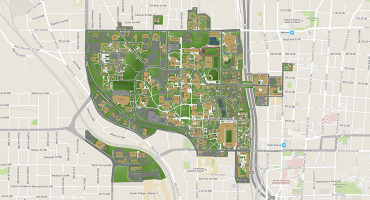Bill Ballard, Ph.D.
La Trobe University
Livestream via Zoom
ABSTRACT
The Australasian dingo has been argued to be a functional intermediate between wild wolves and domesticated breed dogs. Here we link a high-quality de novo long read chromosomal assembly with epigenetic footprints and morphology to establish a dingo “archetype” specimen for future research into domestication theory, canine genomics and Australasian wildlife ecology. The generated assembly uses a combination of Pacific Bioscience, Oxford Nanopore, 10X Genomics, Bionano, and Hi-C technologies to assemble a high-quality chromosome-level reference genome (Canfam_ADS). Compared to the previously published Desert dingo assembly, there are structurally important rearrangements on Chromosomes 11, 16, 25 and 26. Phylogenetic analyses of chromosomal data from the Alpine dingo and nine previously published de novo canine assemblies show dingoes are monophyletic and basal to domestic dogs. Network analyses show that the mtDNA genome clusters within the southeastern lineage, as expected for an Alpine dingo. Comparison of regulatory regions identified two regions that are unmethylated in the Alpine dingo genome but hypermethylated in the Desert dingo. These were regulatory regions within glucagon receptor GCGR and histone deacetylase HDAC4 genes. Morphological data, comprising geometric morphometric assessment of cranial morphology and magnetic resonance imaging of brain tissue, situate this female within population-level cranial variation for Alpine dingoes and suggest a larger cranial capacity than a similar-sized domestic dog.
Host: Dr. Greg Gibson
Event Details
Location:
Roger A. and Helen B. Krone Engineered Biosystems Building, 950 Atlantic Drive, Atlanta, GA 30032, Room 1005



